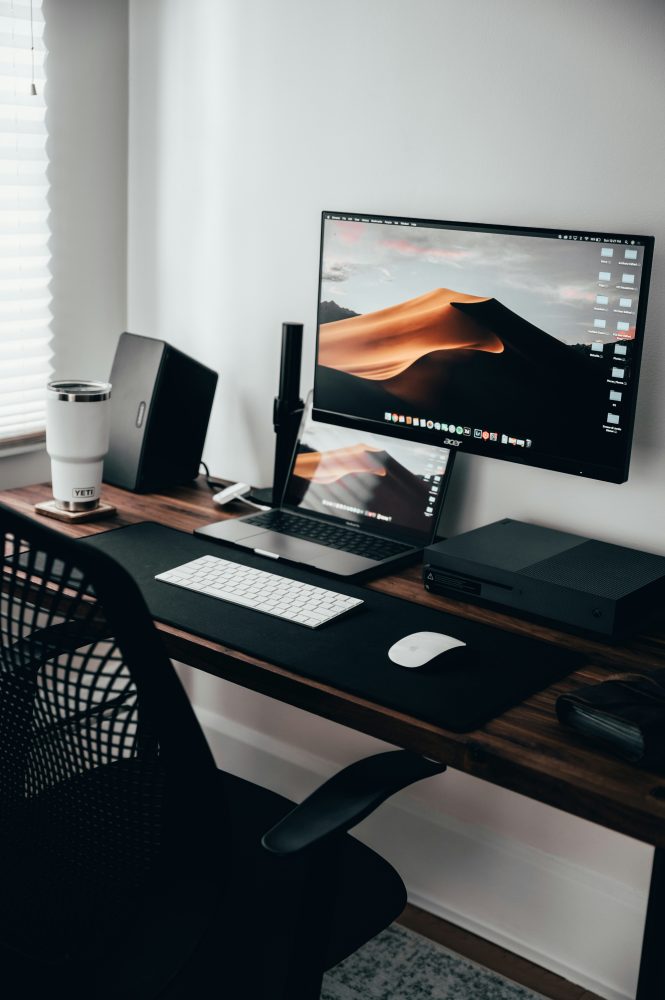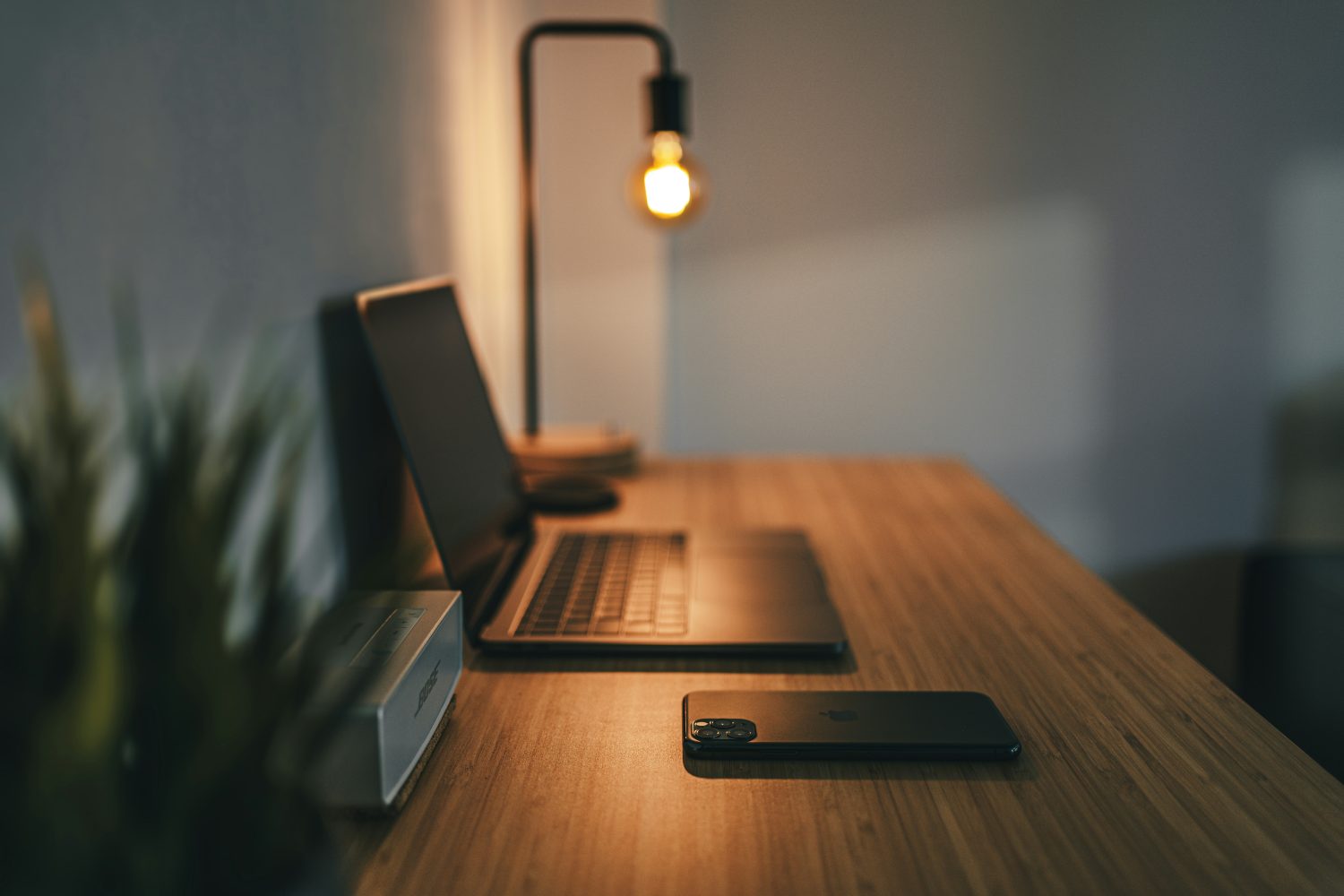Have you ever tried writing an essay at a cluttered work desk and felt your brain shut down? Same. While editing an EssayService review the other day, I noticed how much easier the words flowed once I’d cleared and re-styled my desk. That sparked a thought: most people use one desk for everything, whether they’re grinding through work tasks or cramming for exams.
Spoiler: that’s a recipe for burnout. Designing a space that matches your task can reboot your focus. Let’s break down how to do it.
Setting the Stage: The Psychology Behind Desk Zones
Before we dive into lamps and legroom, it’s worth understanding why separating your desk work areas matters. Our brains love context. When you repeatedly do the same type of activity in the same spot, your mind begins associating that physical environment with a mental state.
Use your work desk strictly for career tasks, and you’ll find it easier to switch into productivity mode when you sit down. Keep your study zone purely for academic stuff, and it’ll become a trigger for concentration.
Once you’ve nailed that mindset piece, you can move on to designing each space so it supports your brain instead of sabotaging it.
Study Desk for College Students: Fuel for Focused Learning
Your study zone is where you battle deadlines, sip cold coffee, and somehow turn chaos into passing grades.
Must-have features for a study desk:
- Adjustable desk lamp to prevent eye strain
- Vertical organizers or wall-mounted shelves for clutter control
- Large surface area for textbooks and notes
- Comfortable chair that supports your posture
- A small plant to reduce stress and boost focus
Once your study essentials are in place, it’s time to build out a separate (or at least separate-feeling) workspace for career mode.
The Ideal Work Space Desk: Setup for Productivity
If your study desk is your creative chaos zone, your work setup should be your calm control center with zero distractions.
Key elements for a productive work setup:
- Monitor positioned at an eye level to prevent neck strain
- Tray for your keyboard to reduce wrist strain
- Cable management system to reduce visual clutter
- Supportive chair that promotes good posture
- Bright but soft overhead lighting for alertness

Dialing in the ergonomics here will help your brain stay sharp for longer without the neck pain and backaches that sneak up during marathon work sessions.
Multi-Tasking Made Easy: Blending Study and Work Zones
But what if you don’t have space for two separate desks? Totally fine. Your work table desk can do double duty.
Use storage bins or rolling carts to swap out tools depending on what you’re doing. When it’s time to study, roll over your textbooks, notebooks, and pens. When it’s time for work, swap them for your laptop stand, external keyboard, and planner.
Also, create sensory cues to signal your brain. Light a specific scented candle or play a certain playlist during work time. Then, switch to another scent or sound for study time. This trains your brain to switch gears even when your surroundings don’t.
Budget-Friendly Tricks: Design Without the Designer Price Tag
Once you know what you want, it’s time to make it happen without spending your entire weekend job paycheck. Building a stylish, functional college study desk doesn’t have to cost much at all.
Platforms like Facebook Marketplace, Craigslist, or local student forums often have nice desks or shelving for a fraction of the price. If you can’t find a desk you like, a sturdy tabletop with two filing cabinets as legs works surprisingly well.
Even small tweaks like replacing harsh bulbs with warm LEDs or painting old furniture can totally uplift your space.
Productivity Boosters: Tools Worth the Splurge
After your basics are set, you can add a few upgrades that make you excited to sit down and work. Try noise-canceling headphones, a timer for Pomodoro sessions, or even a sit-stand converter to keep blood flowing during long cramming sessions.
A whiteboard or corkboard above your desk can help you visualize tasks and deadlines. And a high-quality desk mat can protect your desk surface while giving your setup a cohesive, professional look.
Study vs. Work Mindset: Why It Matters
At this point, your spaces are starting to take shape. But design choices aren’t just about aesthetics. They actively shape your mindset. A study desk college setup should feel personal, calm, and inspiring, while a work setup should feel sharp and energizing.
Small shifts can change how you feel. Use brighter colors and cleaner lines on your work desk to stimulate alertness. For your study zone, go for softer lighting, muted tones, and cozy textures like a blanket or cushion to make long reading sessions more inviting.
Bonus Hack: How NoCramming Can Save the Day
If you’re juggling both schoolwork and a job, you’ll sometimes need help. Platforms like NoCramming collect reviews and discount offers for writing services, so you can make informed choices instead of panic-ordering papers. You might even find an EssayService promo code (popular one, by the way) there when deadlines stack up.
The point is to free up mental bandwidth when life gets chaotic. Think of it as giving yourself margin so you can focus on the tasks that matter most.
Tiny Space? Here’s How to Make It Work
If your room barely fits a bed, creating two desk zones might seem impossible. So, in this case, a foldable study desk for college can be tucked away when you’re done, and wall-mounted desks can save valuable floor space.
Even if you only have one surface, use visual dividers like a folding screen or a change in wall art to signal task shifts. The goal is to create a vibe; intentional design can make even the tiniest space feel tailored.
How to Maintain Your New Setup
Of course, your dream setup won’t stay dreamy if it turns into a clutter swamp in two weeks. Schedule a 10-minute reset at the end of each day. Wipe surfaces, file papers, and return stray pens. This keeps your workspace functional and your study zone welcoming.
Also, revisit your layout every few months. As your tasks evolve, so should your setup. What worked during finals season might be overkill during summer internships, and that’s okay.
Choosing Your Ideal Setup
By now, you know what kind of space fuels your best work. Do you mostly need a quiet spot for lectures and assignments? A college student study desk might suit you better. Or do you need a professional-looking backdrop for Zoom meetings and deep work? Lean toward a dedicated work setup.
Whatever you choose, make it intentional so that your desk will quietly fuel your best work every day.
–
Disclaimer
This RespectMyRegion.com article is for informational purposes only and is not intended as professional, medical, or ergonomic advice. The desk setup ideas, tools, and product mentions are general suggestions to help improve comfort, focus, and productivity. Individual needs and preferences may vary, so be sure to choose solutions that work best for your body, space, and budget. References to third-party services, platforms, or products (such as EssayService or NoCramming) are included for context only and do not constitute endorsements. Always do your own research before making purchases or changes to your study or work environment.







